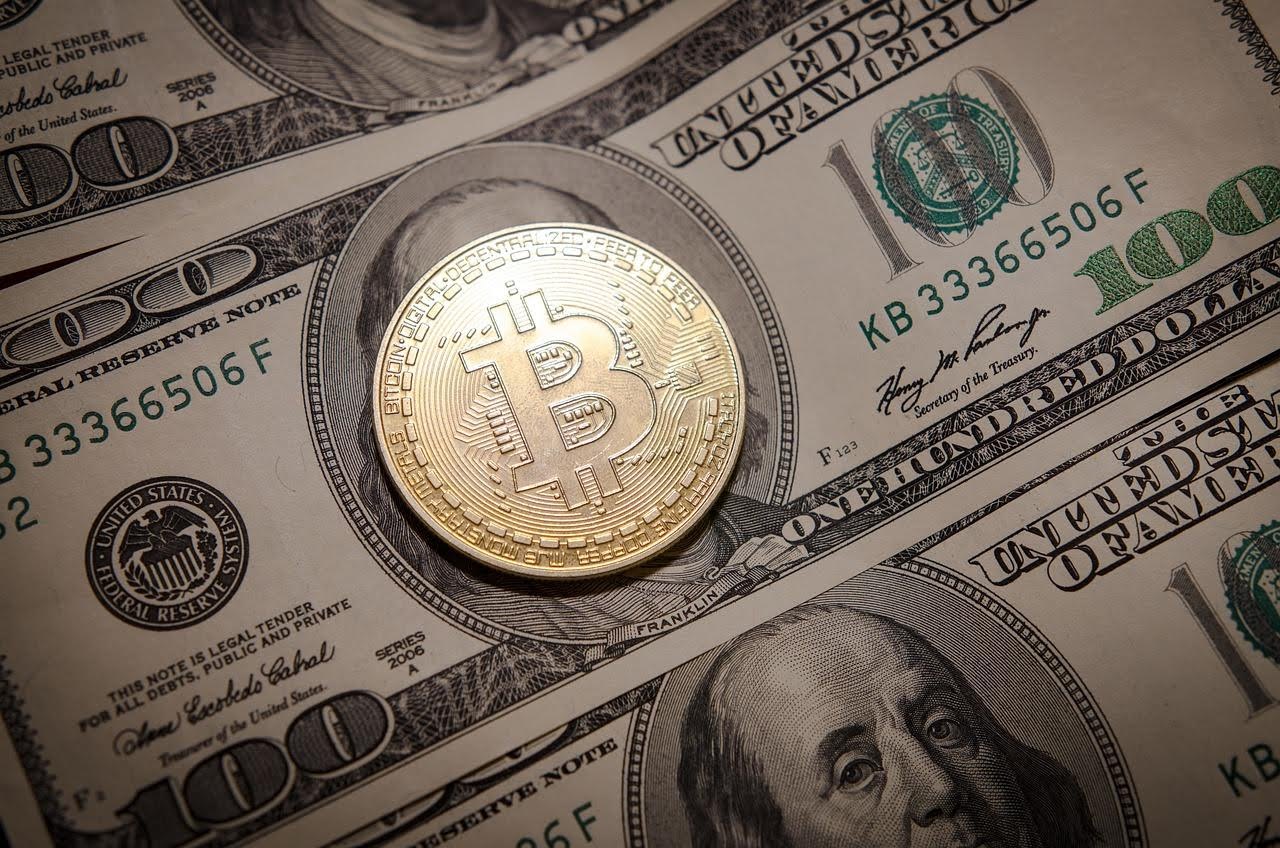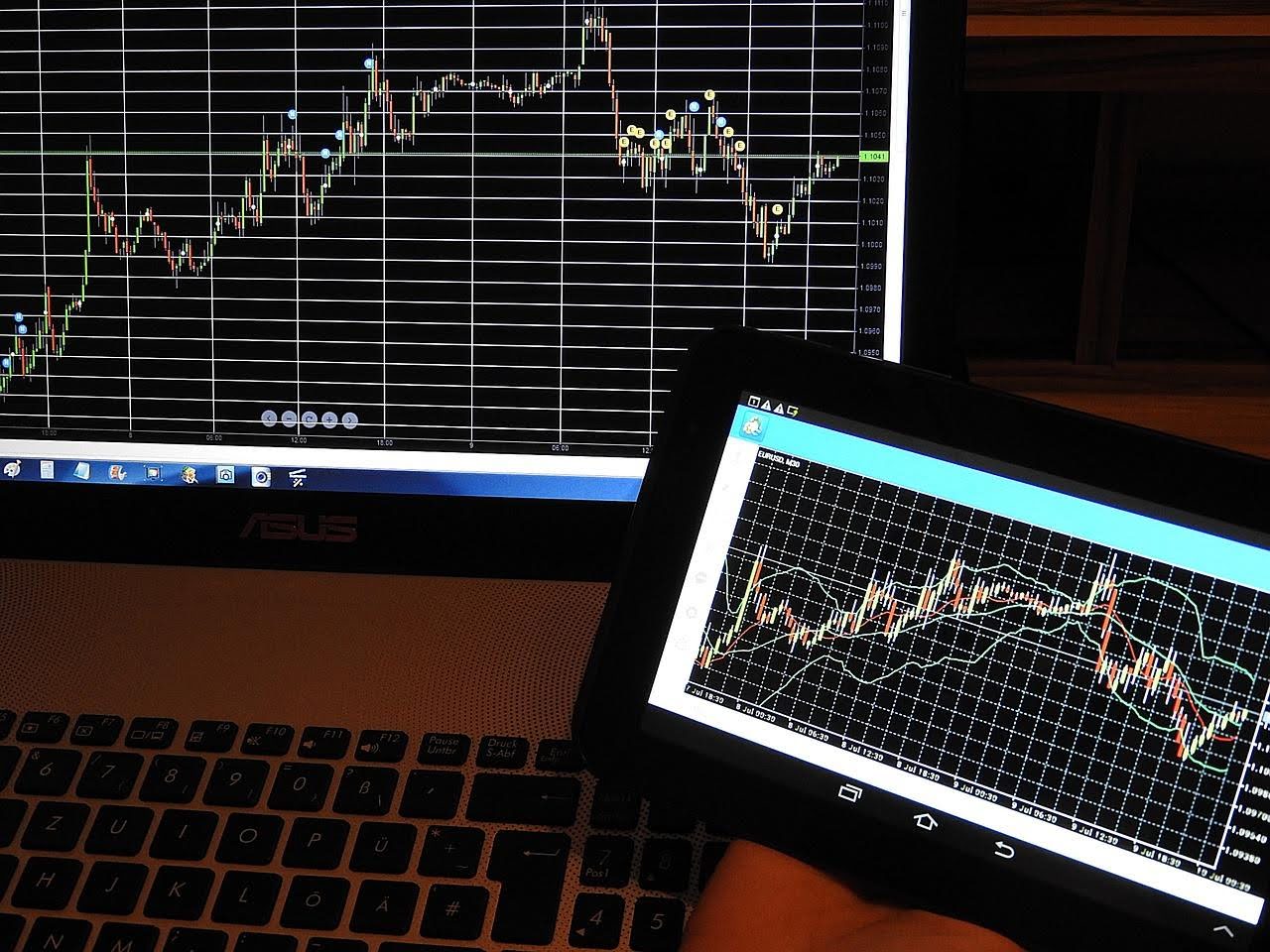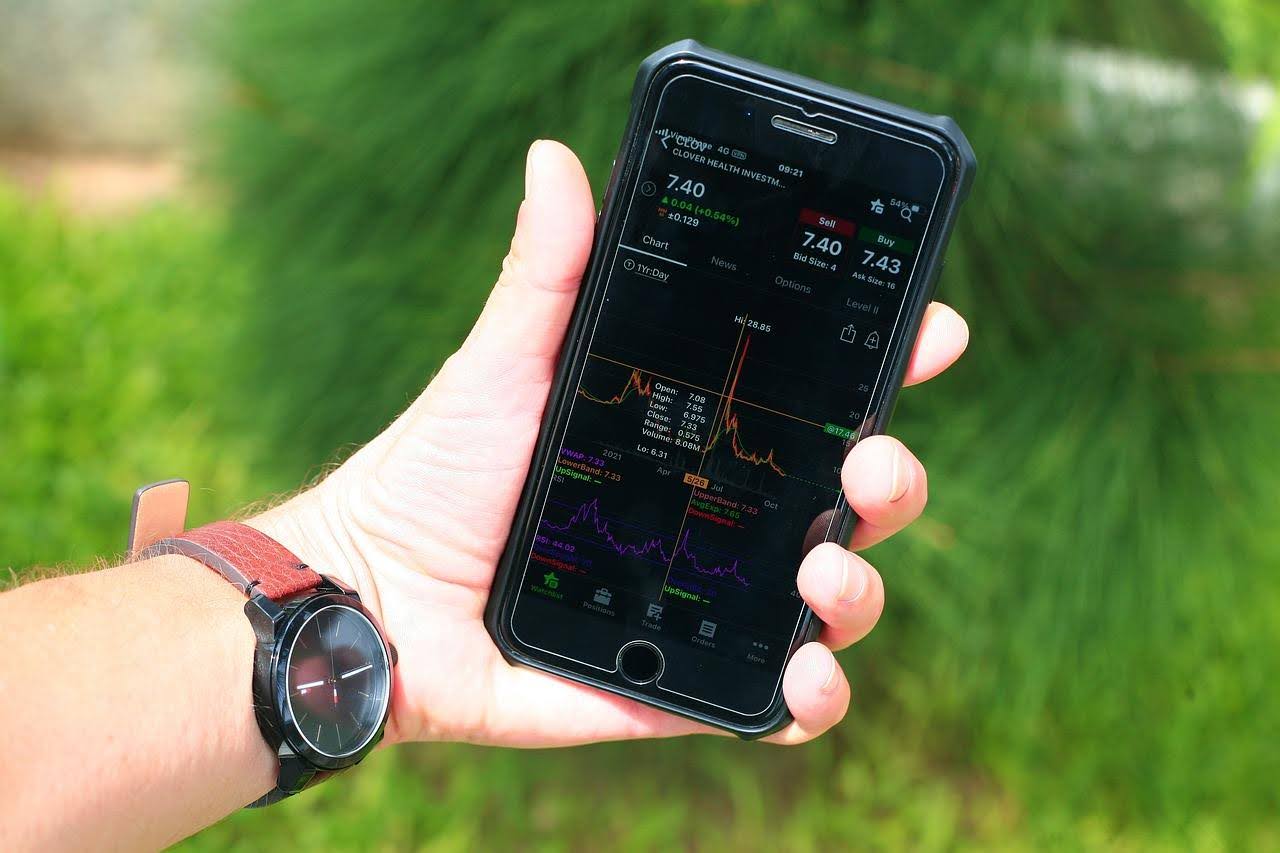Forex Vs. Crypto Trading: A Guide To The Key Differences
For many traders, the most significant financial news of 2024 came early in the year. On January 10th, the United States Securities and Exchange Commission (SEC) approved Bitcoin ETFs on behalf of several of the world’s largest hedge funds, including BlackRock.
Author:Camilo WoodReviewer:James PierceJan 26, 20243K Shares104.9K Views

For many traders, the most significant financial news of 2024 came early in the year. On January 10th, the United States Securities and Exchange Commission (SEC) approved Bitcoin ETFs on behalf of several of the world’s largest hedge funds, including BlackRock. It was seen as a watershed moment for the crypto industry, one that marked the true moment of mainstream adoption. In a stroke, Bitcoin went from the concept of fake internet money to one of the most sought-after assets on Wall Street.
Yet, for our purposes here, we don’t want to speculate on the future of Bitcoin and crypto in light of the ETF approvals. Rather, it is to focus on the fact that crypto has been afforded some legitimacy by the decision. One of the upshots of that is that more people may be interested in trading cryptocurrencies as they find their feet in the mainstream of the financial sector.
The natural comparison is, of course, with trading forex. The foreign exchange market is the world’s largest financial market, and crypto pales in comparison. Yet, there are naturally going to be similarities between the two. Let's compare them and point out some of the key differences:
The Fundamental Similarities
When we talk about crypto trading and forex trading, you are talking about trading currency pairs, so there is a fundamental overlap between the mechanics of both markets. Crypto pairs and fiat currency pairs will rise and fall due to market conditions. In addition, traders will use the same tools, such as trading with leverage, CFDs, and so on. Strategy can also overlap. For instance, crypto markets are often tethered to the idea of “risk-on” in the markets, and that may not always be favorable to safe haven currencies like the USD.
The Fundamental Differences
While some of the fundamentals are the same, many are not. Broadly speaking, we can say that forex markets are more orthodox and rules-based, even to the point of ‘closing’ over the weekend and during holidays. Crypto trading is much more haphazard, and it is most certainly a 24/7 market. Importantly, the volumes of the crypto market are much lower than those of forex. It’s for that reason that crypto can be moved by less significant events.
Indeed, that last point is a crucial one. Forex traders are usually focused on macro events – GDP, interest rates, and recessions. Those factors can influence crypto too, yet we see instances of sharp rises and falls in a cryptocurrency’s value based on, for example, a single tweet by someone like Elon Musk. This can be used to the trader’s advantage, of course, but it is also a big risk. Crypto can act more like stocks than fiat currency in that respect, moving unexpectedly based on an individual event or narrative.
Supply
A central bank printing currency, which is known as quantitative easing, can impact the forex markets and lead to the depreciation of a national currency (although certainly not always). In crypto, it’s a little different. Cryptocurrency projects will usually have a maximum supply of tokens. Bitcoin, for instance, famously only has 21 million, of which over 19 million have already been mined. But many other cryptocurrencies have billions and, sometimes, trillions of tokens, and not all of them are in circulation. Consider, for example, Filecoin, a significant cryptocurrency with a multi-billion dollar market cap. At the time of writing, there are just under 500 million Filecoin tokens in circulation, but the project has a max supply of 1.96 billion. In short, the release of a significant number of those tokens could dilute the value of those already in circulation. To be fair, we should state that most legitimate crypto projects are transparent about when and how the new tokens enter the market.
Scams
Let’s address the elephant in the room: Yes, the cryptocurrency sector is still blighted by scams, and that can be problematic for traders. It’s one of the main reasons why it is advisable to do some serious research before entering into any cryptocurrency trade. Forex, of course, is just too big to be susceptible to scammers.
Volatility
Volatility can be a friend to both crypto and forex traders, although it can be much more pronounced with the former. A significant move from a currency pair like USD/AUD or GBP/EUR might be 1% in either direction in a day, perhaps more during significant events like the COVID-19 shock or the Brexit vote. With cryptocurrency, however, major tokens can rise or fall by massive margins in a matter of minutes. This can be a boon for day traders shorting or longing the market, but it also carries risk for those trading with leverage.
Conclusion: Similar But Different
Like it or not, cryptocurrency is growing in legitimacy, and it looks like it will carve out a significant place in the global financial trading arena. Many of the “rules” of forex trading apply to crypto trading, but only up to a point. Crypto remains esoteric, and it is more susceptible to manipulation. The gains can be huge, but so too can the losses. Whether you are trading forex, crypto, or something else, it’s always best to set out a budgetfor what you can afford to lose.

Camilo Wood
Author

James Pierce
Reviewer
Latest Articles
Popular Articles

